BLE5.2 based AOA applications are very popular. There're some devkits for this purpose on the market.
One of them is https://www.insightsip.com/products/bluetooth-smart-modules/isp1907
The other one is https://www.u-blox.com/en/product/xplr-aoa-1-kit#tab-documentation-resources
If we look at antennas on the boards, the antenna from ISIP has 12 patches that are connected from a single point to RF switches. The antenna from Ublox has 5 patches that are connected from dual points to RF switches.
What is the difference between these 2 antenna designs in terms of advantages/disadvantages?



